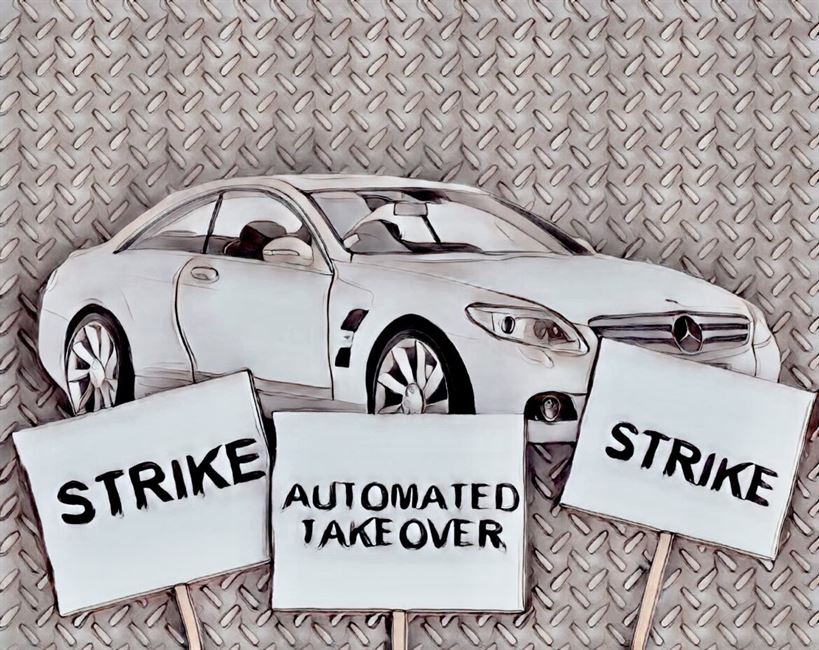The opinion pieces expressed in this publication, The Montclarion, are those of the author(s). They do not claim to reflect the opinions or views of the The Montclarion, other than Editorials written by The Montclarion Editorial Board staff.
A few days ago, workers part of the United Auto Workers (UWA) ended their 46-day-long strike against the “Big Three” automobile manufacturers.
Back in September, we also witnessed a strike with the Writers Guild of America, the fear of Artificial Intelligence (AI) usage in writing included in their concerns.
We see a common theme about machines threatening workers’ livelihoods, especially with the escalating tension towards the widely misunderstood purpose of AI.
It is not odd to consider this as one of many future strikes. It is indicative of the changing work environment.
In this piece, we look specifically at manual labor.
Screenwriting and art will be omitted here. It is important to note that machines are a tool, meant to assist in tasks we assign them for. The tasks we seek to optimize are functional and need replication.
“Machines” are not meant to create or invent, nor are they capable of doing so.
Humans began moving away from manual work with the start of the Industrial Revolution.
Automated machines are more efficient at repetitive tasks that require little to no variation. As the efficiency of machines increases, there will be an inevitable, gradual shift in the kind of work people need to be trained for. Companies aim to maximize profit and keep up with demands. It would not make sense to pay for labor that can be done faster and cheaper, as machines do not need sick days or vacations (at least, the non-sentient ones do not).
Yet, we cannot deny that people need a place in society. They need to be sustained, even as their current occupation becomes obsolete.
It is not necessarily the type of work being disputed here, as with the UWA and the evolving manufacturing process in electric vehicles.
It is the very employment of people in these industries: industries where automation means efficiency and mass production is ingrained in the nature of the product (even as the concept of an “assembly line” stems from the automobile industry).
This is what this “shift” also means. It means the demand for more “innovation” and “troubleshooting” will increase. Machines will be dependent on humans when it comes to maintenance and varying the types of tasks we need it to complete.
For clarification, this is not a dig at manual workers or their skill sets. Rather, it is recognizing that we create tools to perform repetitive tasks, leaving us to tackle problems that require creative thinking and problem-solving (or “human” skills).
There will not be a “robot takeover” as we imagine. Instead, new types of jobs will be in demand, and we need to be ready to train people for them.
This, above all, requires acknowledging the eventual change we are headed to. A presumably positive change too, where dangerous, laborious work will be left to machines that are designed for it.
At the end of the day, machines are tools. And tools assist in assembling the ideas us humans come up with. Just what kinds of ideas we hope to see executed, with the help of technology, can be left up to the imagination.



